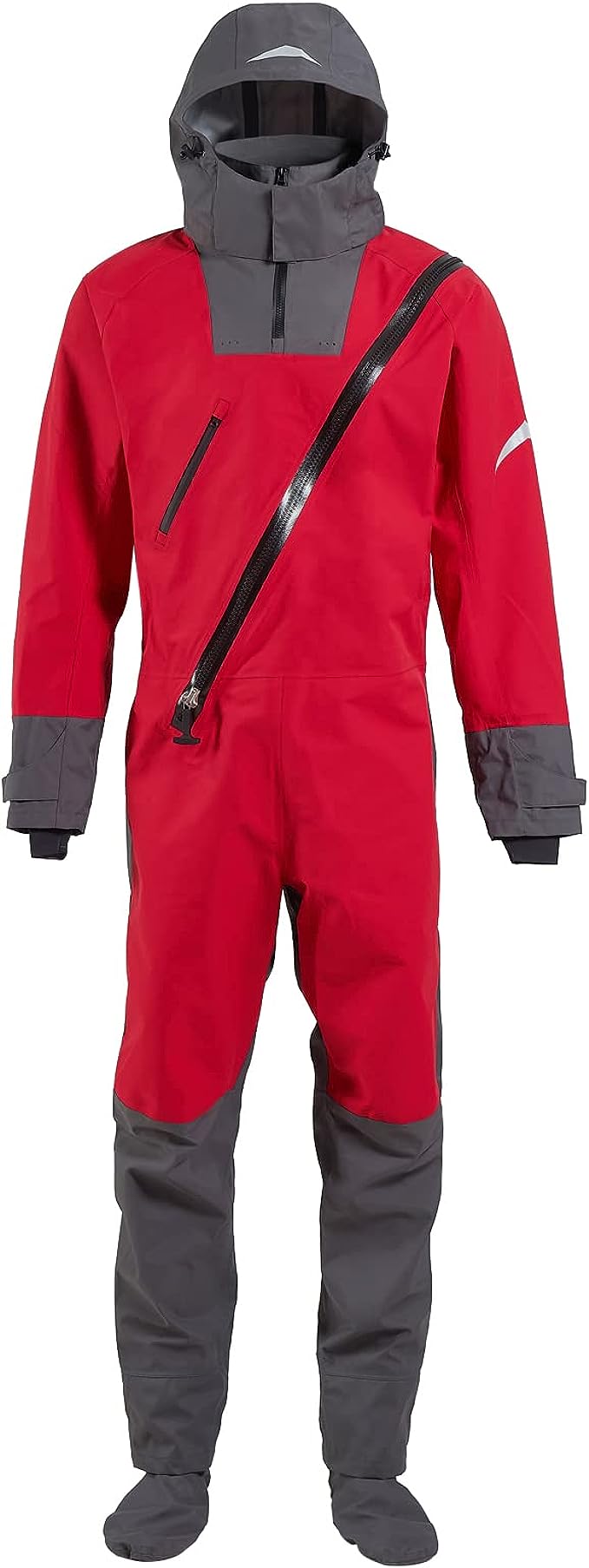There are numerous diffent types of dinghies. The main ones are outlined below.
Skiffs
Skiffs are generally the fastest type of dinghy. The skiff has a flat and narrow hull, and is designed to plane in most conditions with the crew trapezing. It has impressive sail areas including a massive foresail, usually a Gennaker or asymmetric spinnaker. The 18 ft Skiff is one example which usually has a crew of three: another is the Musto Skiff, a singlehander.
High performance dinghies
These are fast and powerful sailing dinghies designed for racing around an Olympic racing course. The examples of such dinghies are the Flying Dutchman, the Fiveohfive (505), the Fireball, the popular 470. They are all planning easily including upwind and use trapeze and a symmetric spinnaker.
Cruising dinghies
These are designed for leisure and family sailing and are usually more stable than high performance dinghies. This is provided by a ‘chined’ (less rounded) hull, greater displacement, and proportionally smaller sail area. Examples of these are the Wayfarer, the Mirror, and the Laser 16. Sailing these boats can still give much excitement.
Catamarans
These are fast, high masted and double hulled boats which fall under the definition of a sailing dinghy also, usually having adjustable daggerboards. The influential Hobie was developed in America, and this has its keel built into each hull shape. The Tornado is a high performance Olympic class catamaran, not for the fainthearted.
Racing dinghies
This term can cover a wide range, and many are descended from Uffa Fox’s seminal International 14. People often “travel” with their dinghies to international races in famous sailing spots such as Lake Garda in Italy. The International 14 remains a popular racing class, having acquired racks (for trapezing crews) and a gennaker since its original design. The Laser is a single-hander whose combination of simplicity, portability and performance has done much to advance dinghy racing and training.
Sports Boats
These classes are larger off-shore racing dinghies which shade off into classes of yachts with fixed keels. Usually they have several crew members as well as the helm. Melges 24 and Laser SB3 are current examples of this type.
Development classes
Most sailing dinghy classes have a fairly fixed layout of sails and hull design, and changes are very infrequent. However, some classes can compete and sail with less rigid definitions and measurements. This encourages experiment which often leads to innovation in techniques and construction. Examples are the International 14, the International Moth, and the 18ft Skiff. Classes which are not development classes are usually referred to as “One design”. The first one design was the Water Wag, which first sailed in Dublin Bay in 1887. The class is still sailed today, over a hundred years later.
-
 Buy productQuick View
Buy productQuick ViewHelly Hansen Mens Crew Midlayer Jacket
£105.44Buy productQuick View -
 Buy productQuick View
Buy productQuick ViewSeagull Azure Waterproof BREATHABLE Spray Top
£42.99Buy productQuick View -
 Buy productQuick View
Buy productQuick ViewOsprey Men’s Full Length 3 mm Summer Wetsuit
£36.99Buy productQuick View -
 Buy productQuick View
Buy productQuick ViewVzkak Dry Suits for Men in Cold Water Front Zip,Kayaking Equipment, with Adjustable Hood,Red
£396.50Buy productQuick View -
 Buy productQuick View
Buy productQuick ViewGul Mens Code Zero Stretch U-Zip Drysuit Dry Suit With Con Zip
£479.95Buy productQuick View
